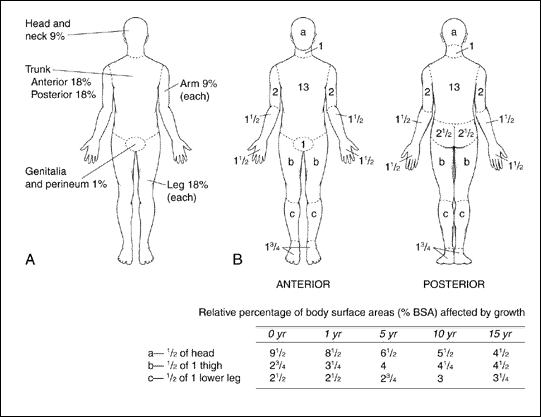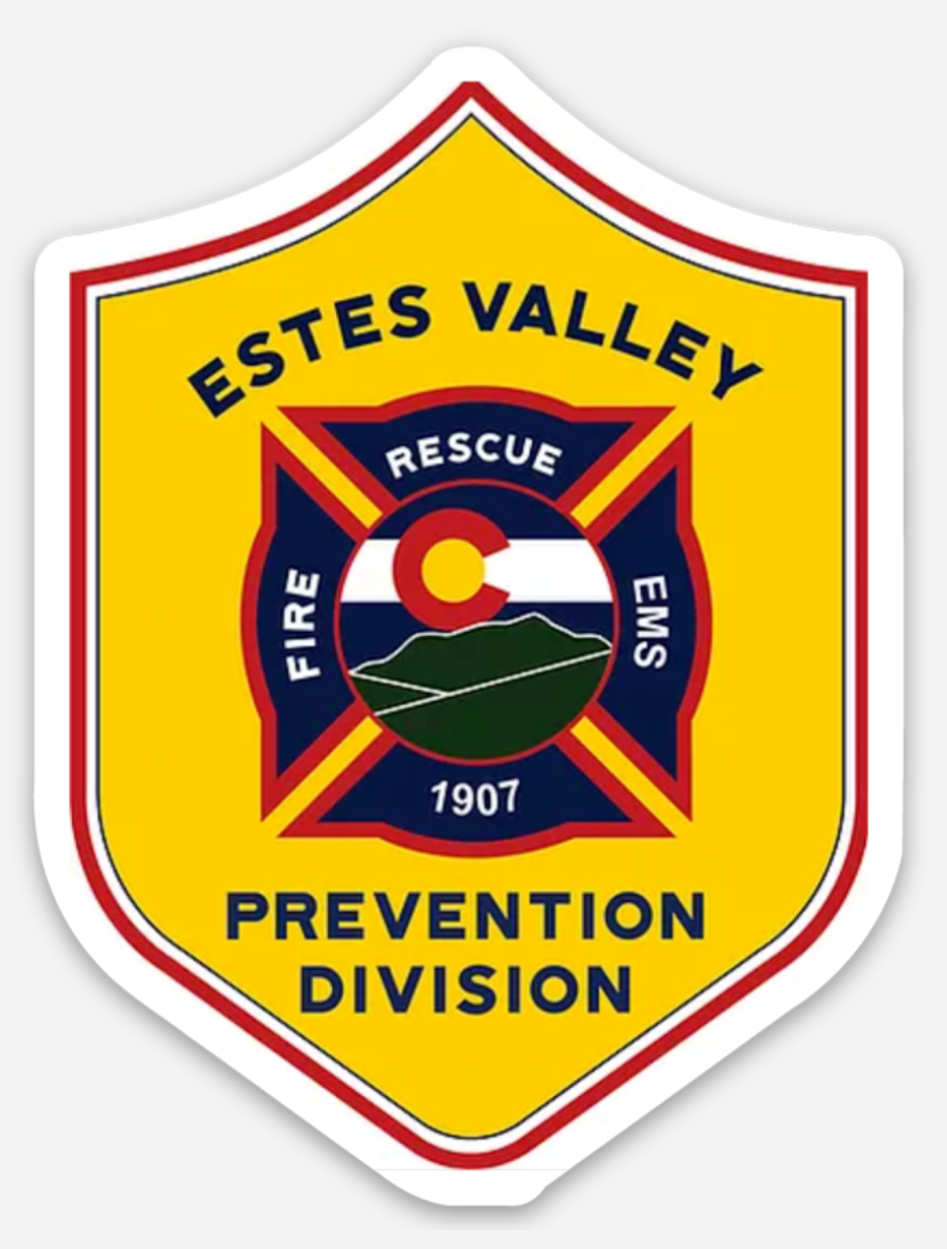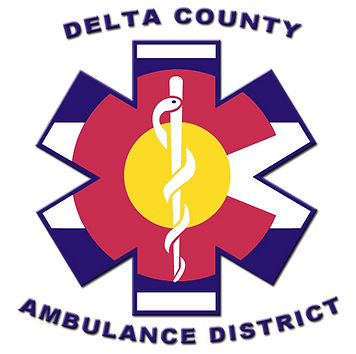Title Page
-
Enter Incident Date [yyyymmdd]
-
Patient Last Name
-
Patient First Name
Patient Information
Primary Patient
-
Last Name
-
First Name
-
Gender
-
Date of Birth
-
Phone Number
-
Address
-
Social Security Number
-
Patient Category
- Dynamic Aviation
- Supervised Contractor
- Leidos
- Other Contractor
- Visitor
- Other
-
Employee Number
-
Hire Date
-
Contract Agency
-
Company Name
-
Type of work being performed
-
Dynamic Aviation Point of Contact
-
Dynamic Aviation Point of Contact
-
Tour or visitor group name
-
Explain
-
Additional Patients
-
NOTE: Separate Incident Reports are required for each patient. Fill in as much information as possible below to assist with associating multiple patients to one incident.
Additional Patients
-
Last Name
-
First Name
-
-
Date of Birth
-
Phone Number
-
Address
-
Employee Number
-
Social Security Number
-
Mass Casualty Incident is any incident that overwhelms the current resources available and is criteria for an automatic 911 activation.
Primary Assessment
-
Mental Status
-
AEIOU-TIPS
A: Alcohol or Acidosis
E: Endocrine, Epilepsy, Electrolytes, or Encephalopathy
I: Infection
O: Opiates or overdose
U: Uremia or Underdose
T: Trauma
I: Insulin
P: Poisoning, Psychosis, or Pharmacology
S: Stroke, Seizure, Syncope -
Possible cause of altered mental status
-
911 Activation Required!
AEIOU-TIPS
A: Alcohol or Acidosis
E: Endocrine, Epilepsy, Electrolytes, or Encephalopathy
I: Infection
O: Opiates or overdose
U: Uremia or Underdose
T: Trauma
I: Insulin
P: Poisoning, Psychosis, or Pharmacology
S: Stroke, Seizure, Syncope -
Possible cause of altered mental status
-
911 Activation Required!
AEIOU-TIPS
A: Alcohol or Acidosis
E: Endocrine, Epilepsy, Electrolytes, or Encephalopathy
I: Infection
O: Opiates or overdose
U: Uremia or Underdose
T: Trauma
I: Insulin
P: Poisoning, Psychosis, or Pharmacology
S: Stroke, Seizure, Syncope -
Possible cause of altered mental status
-
Airway
-
Consider 911 activation.
-
Breathing
-
Consider 911 activation.
-
Circulation
-
Consider 911 activation.
Secondary Assessment
Chief Complaint
-
Chief Complaint category
- Trauma
- Medical
- Other
-
- Assault
- Back Pain
- Burns
- Electrical Shock
- Eye Injury
- Falls
- Hemorrhage
- Laceration
- Unknown / Other
-
- Abdominal Pain
- Allergic Reaction
- Altered Mental Status
- Cardiac / Chest Pain
- Choking
- Difficulty Breathing
- General Illness
- Headache
- Heat/Cold Exposure
- Mental Illness
- OB Related
- Pain
- Poisioning
- Seizure
- Stroke / CVA
- Syncope
- Unknown / Other
-
- Wellness Check
- Entrapment
- Other
Vital Signs
-
Vital Signs taken?
-
Time taken
-
Pulse Rate
-
Blood Pressure
-
Respiratory Rate / Quality
-
Lung Sounds
-
Level Of Consciousness (person, place, time, event)
-
911 activation required!
-
Pupils
- PEARL
- Dilated pupil(s)
- Constricted pupil(s)
- Abnormal reaction
- Abnormal movement
-
911 activation required!
-
Description of eye assessment
-
Skin
-
Temperature (note method)
-
Oxygen Saturation (note condition)
-
-
Oxygen Flow Rate
-
Custom Flow Rate
-
Blood Glucose Reading
Vital Signs - Additional Readings
-
Time Taken
-
Pulse Rate
-
Blood Pressure
-
Respiratory Rate / Quality
-
Lung Sounds
-
Level Of Consciousness (person, place, time, event)
-
911 activation required!
-
Pupils
- PEARL
- Dilated pupil(s)
- Constricted pupil(s)
- Abnormal reaction
- Abnormal movement
-
911 activation required!
-
Description of eye assessment
-
Skin
-
Temperature (note method)
-
Oxygen Saturation (note condition)
-
-
Oxygen Flow Rate
-
Custom Flow Rate
-
Blood Glucose Reading
SAMPLE History
-
Signs and Symptoms
-
Allergies
-
Medications
-
Past Medical History (pertinent to this event)
-
Last Oral Intake (solid or liquid, note time)
-
Events leading to the injury or illness
OPQRST-ASPN History of Event
-
Onset (what was patient doing when it started)
-
Provocation or palliation (does anything make it better or worse)
-
Quality (Patient's description of pain)
-
Region or Radiation (where is it and does it travel)
-
Time (how long has it been occurring and how long since its changed, better or worse)
-
Associated Symptoms
-
Pertinent Negatives
Glasgow Coma Scale
-
Any signs of altered mental status?
-
IMPORTANT: Any individual score of 1, 2, or 3 or any total score less than 12 requires 911 activation.
-
Eye opening
-
Verbal
-
Motor
- 6 - Obeys commands
- 5 - Localization of Pain
- 4 - Withdrawl (pain)
- 3 - Flexor posturing (pain)
- 2 - Extensor posturing (pain)
- 1 - none
Cincinnati Prehospital Stroke Scale (FAST)
-
Stroke symptoms suspected
-
IMPORTANT: Any abnormal indications require immediate 911 activation. Relay FAST information to 911 operator
-
F - Face; Have patient smile or show teeth
-
A - Arm; Have patient close eyes, extend arms, palms up
-
S - Speech; Have patient repeat "you can't teach an old dog new tricks"
-
T - Time; last seen normal
-
T - Time; onset of symptoms
Burn Assessment
-
Do injuries include burns
-
Type of Burn
-
Source of burn (item or chemical)
-
IMPORTANT: If a chemical was involved, a Safety Data Sheet (SDS) must be printed and given to outside care providers if outside treatment is expected.
-
Describe location of burn(s)
-
Total BSA afftected
-
BSA diagram
-
IMPORTANT: Answering YES to any of the following questions indicates consideration of Burn Unit Referral. Activate 911 and relay pertinent information.
-
Partial or full thickness burns greater than 10% total body surface area. (for patients under 10 or over 50 years old)
-
Partial thickness burns and full thickness burns greater than 20% BSA (between 10 - 50 years of age)
-
Partial thickness and full thickness burns involving face, eyes, ears, hands, feet, genitalia or perineum or those that involve skin overlying major joints
-
Full thickness burns greater than 5% BSA in any age group
-
Electrical burns, including lightning injuries
-
Significant chemical burns
-
Inhalation injuries
-
Burn injury in patients with pre-existing illness that could complicate management, prolongs recovery, or affects mortality
Treatment
-
Level of care provided (select all that apply)
- None
- Assessment
- First Aid
- Emergency Care
- Refusal
- Other
-
NOTE: Must complete patient refusal section.
-
Wound Care provided
-
Were protocols performed
-
- Glucometry
- Tourniquet
- Aspirin
- EpiPen, Assisted
- MDI, assisted
-
Perform Rapid Glucose Determination
-
911 Activation Required!
-
Provide must meet following qualifications:
1) EMT-B or higher
2) DART Annual Protocol Review
Patient must meet following criteria:
1) Patent airway
2) Able to swallow
3) Altered mental status AND known history of diabetes controlled by medication
Administration:
Place 15 grams between cheek and gum (with or without tongue depressor) -
911 Activation Required!
-
Application of tourniquet is an automatic qualifier for 911 activation. Notify emergency dispatcher that a tourniquet has been applied and the time and body location.
-
Time tourniquet applied
-
Body location tourniquet applied
-
Aspirin considered due to presentation of chest pain?
-
Patient over the age of 16
-
Patient states no known allergy to acetylsalicylic acid (or Aspirin)?
-
Patient states no history of gastrointestinal bleeding, no signs of active bleeding within past 24 hours, or signs of bleeding within past 14 days
-
No visible indications of stroke (perform Cincinnati Pre-hospital Stroke Scale)
-
Acute chest pain present or prolonged (over 10 minutes)?
-
Initial vital signs taken (pre-administration)?
-
Directed by:
-
Provider Name / Agency
-
Provider level
-
Give Aspirin via 4 chewable tablets (81mg each) PO with water IF:
1) ALL above responses are YES
2) Administration directed by Nurse Triage, 911 Operator, or appropriately qualified provider on-scene
3) Responder is appropriately trained and qualified to provide medication
Monitor patient and retake vital signs in 2 minutes.
Post administration vital signs
-
Select date
-
Pulse Rate / Quality
-
Blood Pressure
-
Explain non-chest pain use of Aspirin
Transportation / Disposition
-
Transportation
-
Reason for non-transport
-
Note: Must complete patient refusal section.
-
1) I understand that I may have an injury or illness that poses an additional risk when driving;
2) I understand that it is not the recommendation of Dynamic Aviation Group, Inc. nor the Dynamic Aviation Response Team to operate a vehicle with injuries or illnesses including but not limited to:
a) Eye injuries or vision problems,
b) Altered mental status of loss of consciousness,
c) Head injuries,
d) Dizziness or lightheadedness,
e) Possibility of heart attack, chest pain, stroke and/or seizures,
f) Hand injuries, especially those creating additional difficulty while driving,
g) Foot injuries, especially those creating additional difficulty while driving,
h) Uncontrolled hemorrhages,
I) Major hemorrhages, even if currently controlled,
j) Painful injuries and/or illnesses;
3) I accept that I am choosing to operate a personal vehicle and understand that I have been acknowledged of the potential risk of doing so. -
Patient Signature
-
Ambulance Unit Number
-
List other transportation method
-
Destination
-
Select Clinic
-
MedExpress Urgent Care
1840 East Market Street
Harrisonburg, VA 22802
(540) 432-3080 -
Sentara Occupational Health Specialists
1790 East Market Street, Suite 64B
Harrisonburg, VA 22801
(540) 564-5700 -
Facility Name
-
Facility Address
-
Select Hospital
-
Sentara Rockingham Memorial Hospital
2010 Health Campus Drive
Harrisonburg, VA 22801
(540) 689-1000 -
Augusta Health
78 Medical Center Drive
Fishersville, VA 22939
(540) 332-4000 -
Facility Name
-
Facility Address
-
Facility Type
-
Facility Name
-
Facility Address
Patient Refusal
-
Patient refusal of any part of assessment, treatment, or transportation?
Provider
-
Refused:
- Assessment
- Treatment
- Transportation
-
Provider:
1) Patient must have sufficient information about his/her medical condition,
2) Patient must understand the risks and benefits of available options, including the option not to act,
3) Patient must have the ability to use information to make a decision in keeping with his/her personal values,
4) Patient must be able to communicate his/her choices,
5) Patient must have freedom of will to act without undue influence from other parties, including family, friends, or and/or co-workers,
6) Patient must meet the patient refusal criteria listed below. -
Patient Refusal Criteria (Virginia)
- Over 18 years old
- AOx4
- No head injury affecting mental status
- No Altered LOC
-
- Married
- Pregnant
- Mother
- Emancipated
- Other
-
Explain reasoning for underage refusal:
-
Provider Signature
-
Select date
Patient
-
1) I understand what has been explained to me about my (or the patient's) current medical problem(s) and/or injuries;
2) I realize that refusing treatment at this time or refusing transportation to an outside medical facility for further evaluation and treatment could make my (or the patient's) condition worsen and/or cause additional problems to develop including death or permanent disability;
3) I release all of those currently involved in my care and Dynamic Aviation Group, Inc. from any liability (legal action) regarding the eventual outcome of the medical problem or injury for which I (or the patient) am refusing treatment and/or transportation to an outside medical facility;
4) I understand that I (or the patient) have the right to request additional care at a later time for the present medical condition or injury. -
Patient Signature
-
-
Explain
-
Select date
Occupational Information
-
Is this incident work related?
-
Specific activity being performed
-
Equipment
-
Materials
-
Chemicals
-
What PPE was used?
- Safety glasses
- Splash goggles
- Face shield
- Nitrile gloves
- Chemical gloves
- Cut-resistant gloves
- Particulate mask
- Half-face respirator
- Hearing protection
- Footwear
-
Did patient bleed or otherwise lose body fluids?
-
Did all care providers and assistants wear appropriate personal protective equipment?
-
Did any provider or other personnel come in contact with blood or other potentially infections material?
-
The Environmental Compliance and Safety Department must be notified immediately of any potential exposures.
-
Enter the names of each person who may have been in contact with potential infectious materials
-
Did blood or other potentially infectious materials come in contact with surfaces, furniture, and/or equipment?
-
Did appropriately trained personnel cleanse or properly dispose of surfaces and/or items?
-
Were contaminated sharps, such as knives, razor blades, etc., placed in appropriately designated biohazard sharps containers?
Incident Information
Personnel
-
- Chief 01: Weisgerber, J.; EMT
- Captain 03: Estep, K.; EMT
- Captain 08: Grey, R.
- PM 05: Hester, C.
- PM 06: Price, M.
- PM 07; Thompson, O.
- PM 09: Flavell, D.
- PM 10: Gannon, J.
- PM 11: Naftel, L.
- PM 12: Robinson, B.
- PM 13: Robbie, J.
Incident Location
-
Property Ownership
-
- Building 1 (Leidos)
- Building 2 (3-Bay)
- Building 3 (Hangars ABC)
- Building 4 (Front Office)
- AAB
- Hangars D/E
-
- Buildings 5/6
- Equipment Shed
- Building 7
- Logistics Center
- Red Brick House
- Crew House
-
Add location
Response Information
-
Delayed Response
-
- Dispatch
- Response
- Scene
- Transport
- Return
-
Dispatch delays
- Caller Uncooperative
- High Call Volume
- Location determination
- No Units Available
- Safety Conditions
- Other
-
Response delays
- Crowd
- Directions
- Distance
- Diversion
- Hazmat
- Safety Delay
- Weather
- Other
-
Scene delays
- Crowd
- Directions
- Location
- Hazmat
- Safety Delay
- Weather
- Other
-
Transportation delays
- Delayed Arrival
- Access to Pt.
- Loading Pt.
- Delayed departure
- Other
-
Return delays
- Clean-up
- Decontamination
- Documentation
- Equipment
- Supplies
- Other
Other Resources
-
911 Activated?
-
- Rescue 15
- Company 15
- Other
-
List other agencies
Narrative
-
Incident Narrative (chronological format)
Signatures
-
Patient Signature
-
Supervisor's Signature (highly encouraged)
-
Responder Signature
-
Officer's Signature










